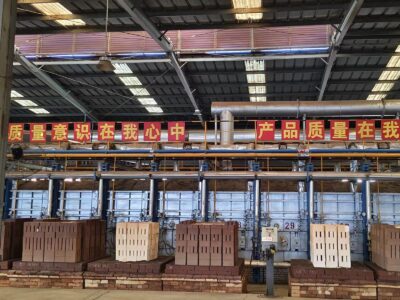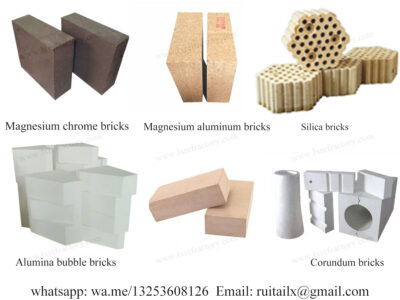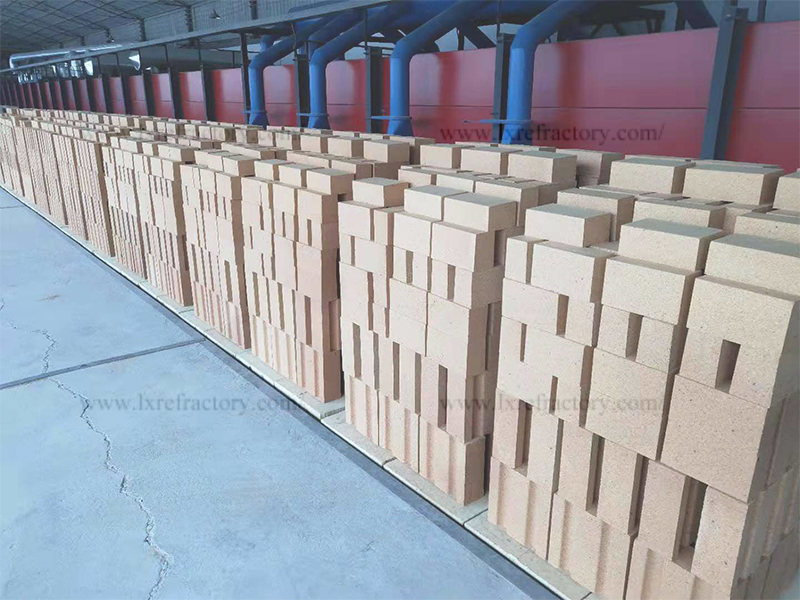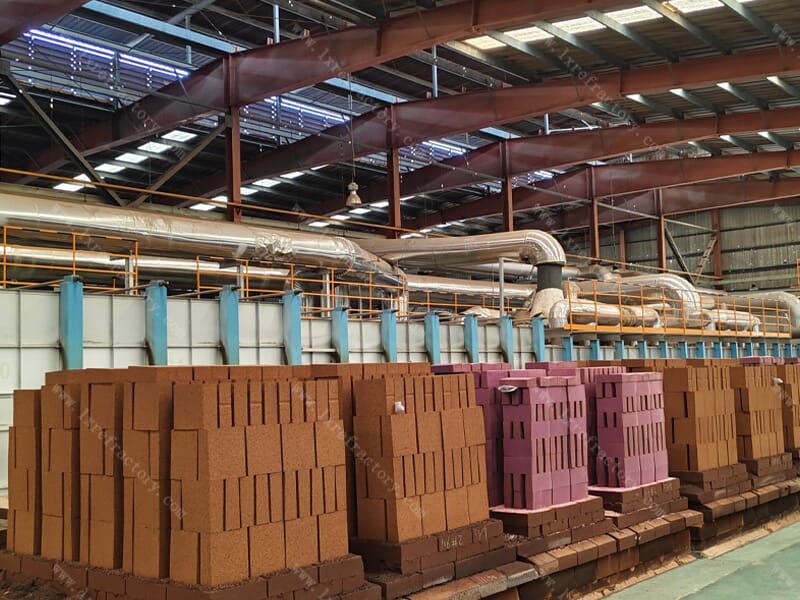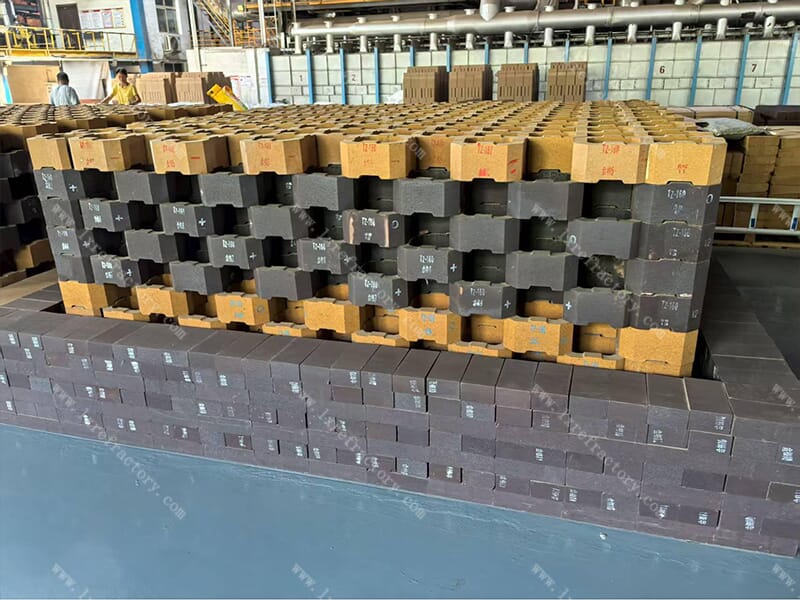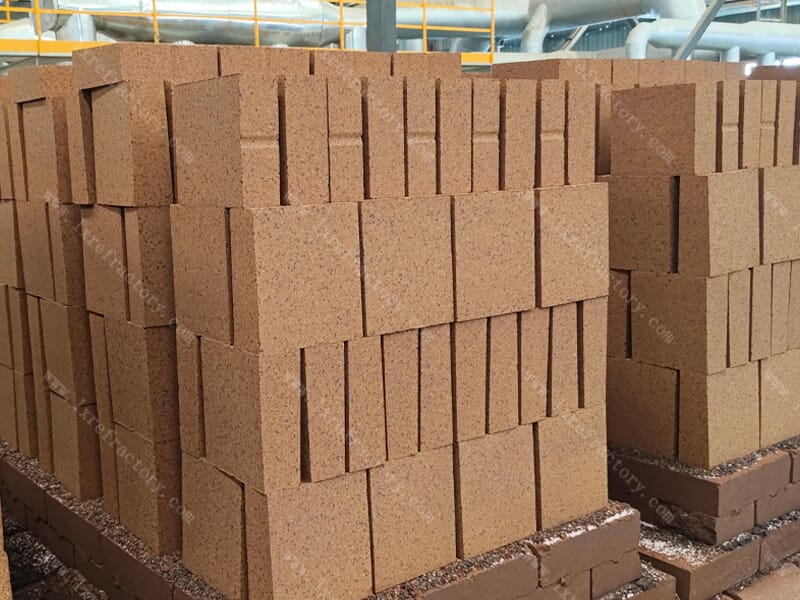In high-temperature industries such as steel, cement, and glass, there is an indispensable “high-temperature guardian”—refractory bricks.
They are a type of special ceramic material that maintains structural stability and resists thermal erosion in environments exceeding 1580℃.
With their excellent heat resistance, they serve as a “protective suit” for high-temperature industrial equipment.
The core advantages of refractory bricks are reflected in three main characteristics:
First, ultra-high refractoriness. Ordinary clay refractory bricks can achieve a refractoriness of 1580-1770℃, while high-alumina refractory bricks can even exceed 1770℃, sufficient to cope with the high-temperature conditions of most industrial kilns;
Second, excellent thermal stability. Under the “thermal shock” of rapid temperature rises and falls, their internal structure is not easily cracked or damaged, ensuring the long-term safe operation of equipment;
Third, strong erosion resistance. They can resist the erosion and corrosion of high-temperature molten materials and corrosive gases, extending the service life of industrial kilns.
Refractory bricks can be divided into various types.
Based on differences in raw materials and properties, refractory bricks can be divided into various types.
Clay refractory bricks, made primarily of clay, are relatively inexpensive and suitable for use in low-temperature applications such as flues and chimneys. High-alumina refractory bricks, with their high aluminum content, offer superior heat and corrosion resistance, making them a core lining material for steelmaking converters and glass melting furnaces.
Silica bricks, made from silica sand, maintain high strength even at temperatures above 1600℃ and are commonly used in key equipment such as coke ovens and hot blast stoves.
In addition, there are specialty refractory bricks such as magnesia bricks and chrome-magnesia bricks, specifically designed for high-temperature applications in non-ferrous metal smelting.
Refractory brick applications permeate multiple fields.
As a fundamental material in high-temperature industries, refractory bricks are used across numerous fields.
From blast furnaces and steel rolling furnaces in the metallurgical industry to cement rotary kilns and ceramic kilns in the building materials industry, and boiler combustion chambers in the power industry, they are indispensable.
Even in high-end fields such as aerospace simulation experimental devices and nuclear power plant safety protection, specialty refractory bricks play a crucial role, serving as “silent guardians of high temperatures” in industrial production.

